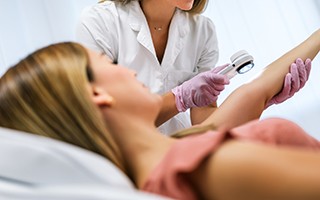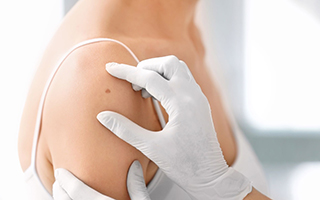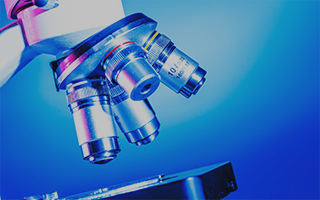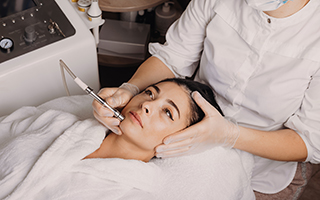In plastic surgery, physicians are always aiming to maximize long-term outcomes for their breast cancer patients. A newer, or recently refined, technique for breast reconstruction is placing implants on top of the chest muscles (i.e. the “pre-pectoral” breast region). Several recent studies note that for the right candidates, this method of placement can achieve improved treatment outcomes than more traditional methods that utilize partial or total muscle coverage of the implant.
The “ideal” placement for a prosthetic breast implant has been the subject of much discussion since prosthetic breast reconstruction first became a possibility. Before tissue expanders (temporary prosthetic implants that inflate to stretch skin and muscle over time) were introduced, silicone and saline implants were directly placed for reconstruction in the pre-pectoral (over muscle) plane.
Due to high rates of capsular contracture, infection, and explantation, this technique was abandoned. Ultimately, these issues occurred because the mastectomy skin flaps used during reconstruction were too thin, and/or the support for the implants from soft tissue was inadequate. To achieve better support, implants were placed with the chest muscles either partially or completely covering the implant.
While placing implants under the muscle (sub-pectorally) resulted in lower rates of capsular contracture, it caused an unnatural animation deformity (excessive movement and even distortion of the implant itself) and significant amounts of pain from spasms or contractions of the pectoralis major with arm movement. Patients who were more active found that during exercise, they were experiencing discomfort, a change in their natural movement, and abnormal appearance of the implant.
Dual-plane or partial muscle coverage techniques addressed these issues to some extent, but not completely. Even with the introduction and incorporation of acellular dermal matrix (ADM) in 2006, animation deformity issues cannot always be adequately addressed.
The type of pre-pectoral breast reconstruction I recommend to appropriate patients is implant-based, with fat grafting sometimes being added to improve aesthetic outcomes and provide further soft tissue coverage. Patients may be candidates if they have received appropriate oncologic treatment where:
the mastectomy skin flaps have enough thickness (for support),
the blood flow to the skin flaps is preserved, and
the naturally occurring layer of subcutaneous fat is relatively undisturbed.
There are significant advantages to performing a pre-pectoral breast reconstruction. For one, this type of placement is associated with less pain, elimination of the animation deformity, and no disruption to the pectoralis major muscle or shoulder function (which greatly improves quality of life for athletic patients in particular). It is a far less invasive procedure, decreasing the time required for surgery and anesthesia. At least one study has suggested that this method of reconstruction results in decreased narcotic use.
To further increase support and reduce the likelihood of capsular contracture, I generally use ADM, as it helps to secure and stabilize the prosthetic device used, thus helping to prevent its displacement.
Pre-pectoral breast reconstruction may be performed in either one or two stages. For patients with thick skin flaps, smaller breasts, and have been treated with nipple-sparing mastectomy treatments, a single, “direct-to-implant” stage is possible. For others, a tissue expander may be used first, and then exchanged for longer-term implants. Usually, patients are ready for the switch about three months post-tissue expander.
Provided that the patient factors are appropriate, and that sufficient support systems are applied, very positive outcomes for post-breast cancer patients may be achieved with either one- or two-stage pre-pectoral breast reconstruction. While more longitudinal research is required to establish typical long-term patient outcomes, the pre-pectoral approach successfully addresses the (often significant) negative effects associated with sub-pectoral prosthetic/implant placement.
Pre-pectoral reconstruction can provide a safe, effective, and satisfying alternative to partial/complete sub-muscular reconstruction, and should be considered for all appropriate patients.
Dr. Laura Ann Gowen is a board-certified plastic surgeon at the Cirillo Institute in Bryn Mawr, PA. She performs both cosmetic and reconstructive surgery, with a particular interest in breast reconstruction techniques.


-updt.png)






















